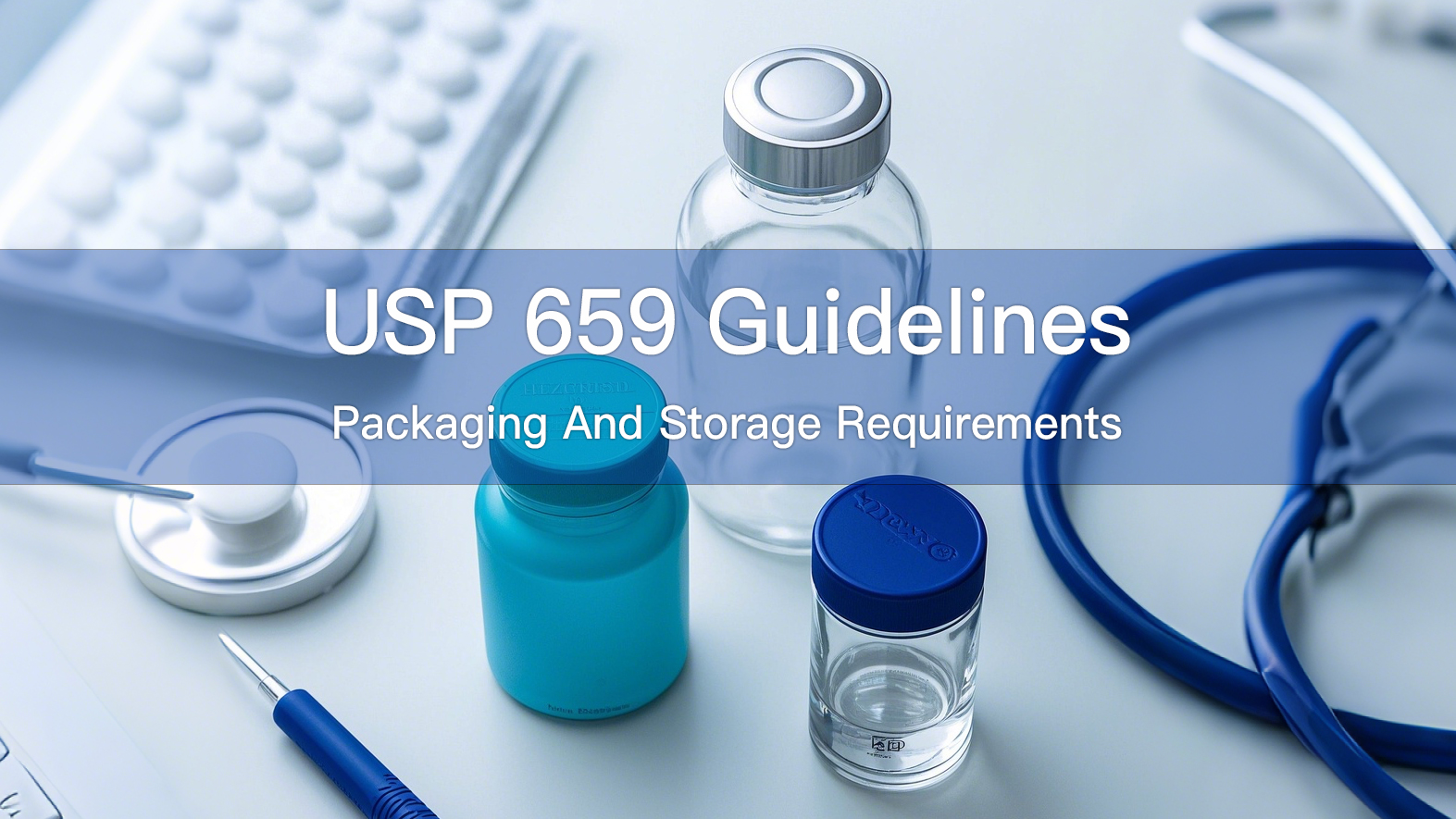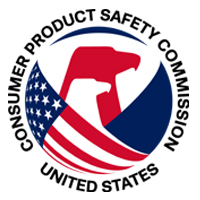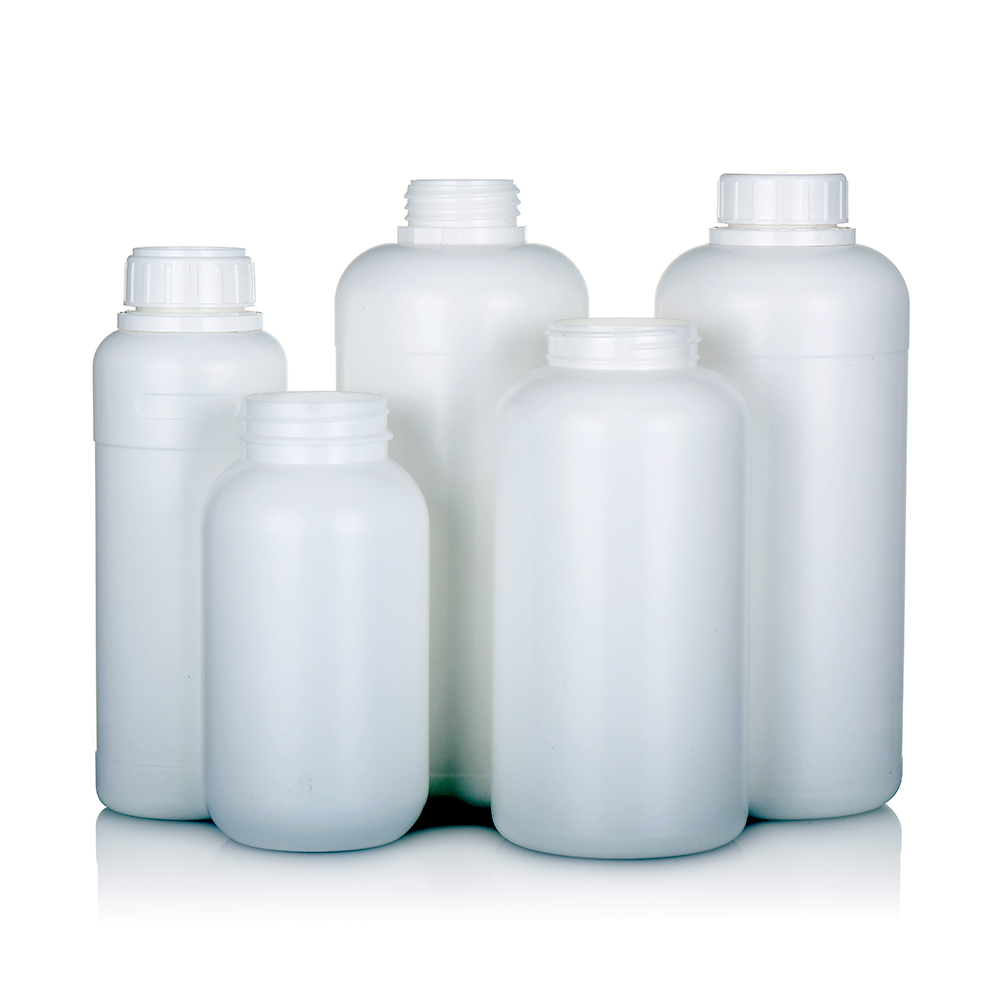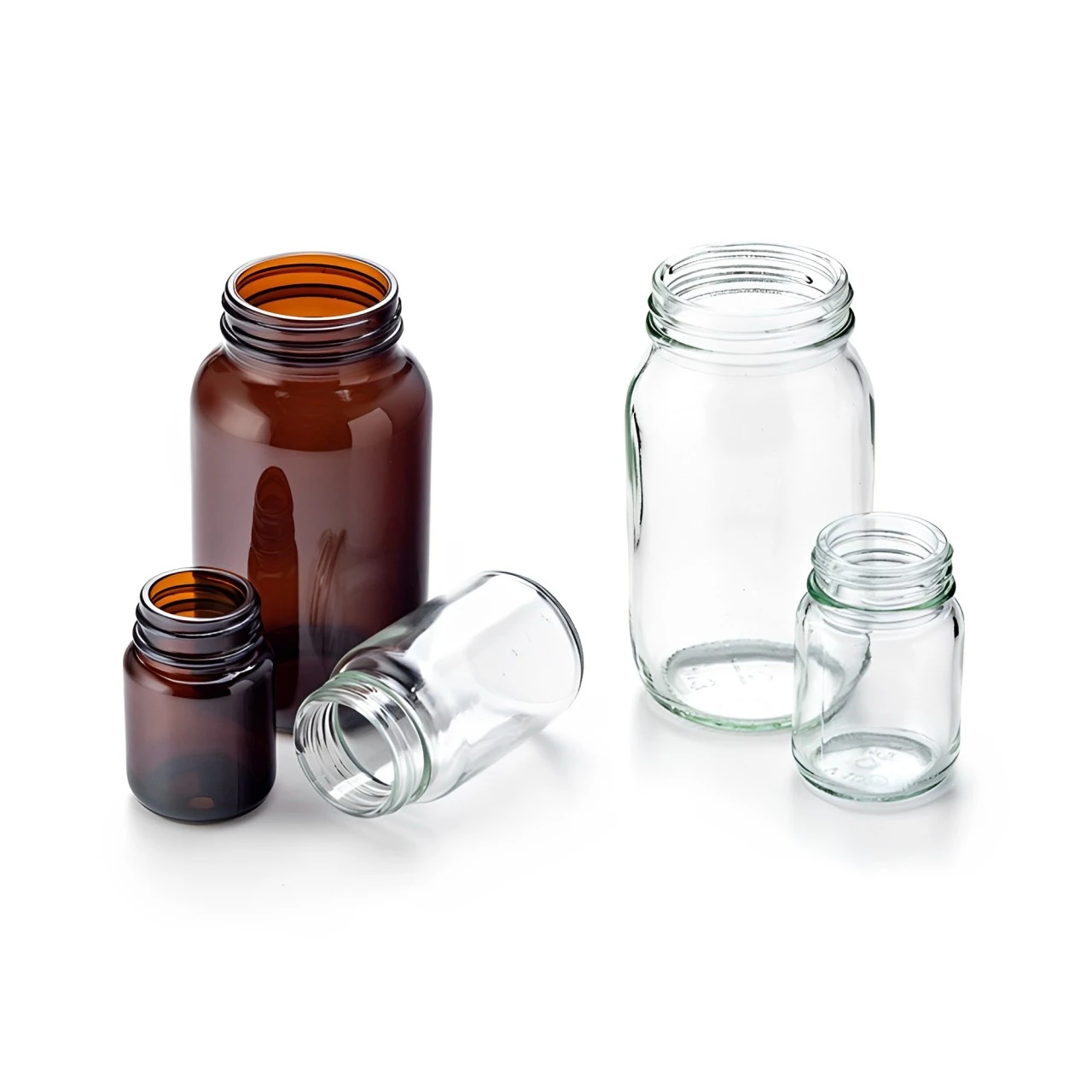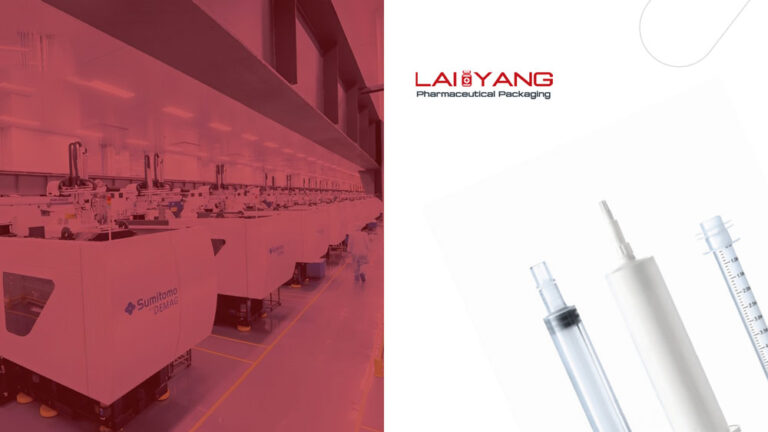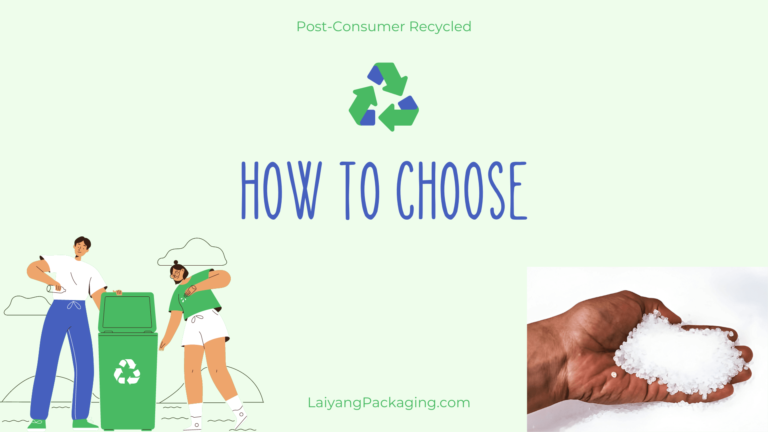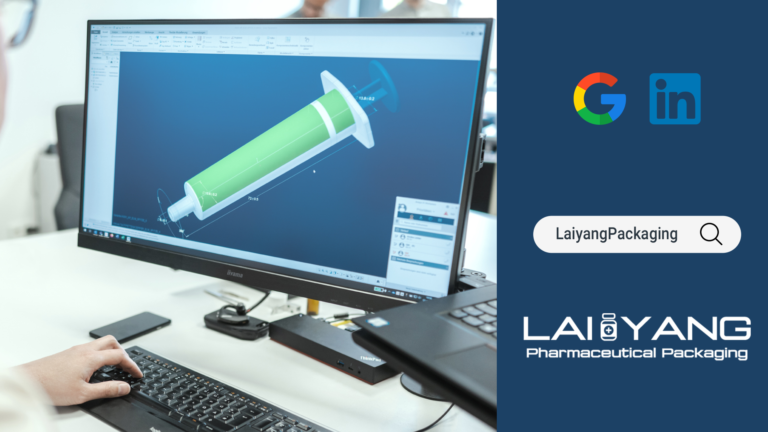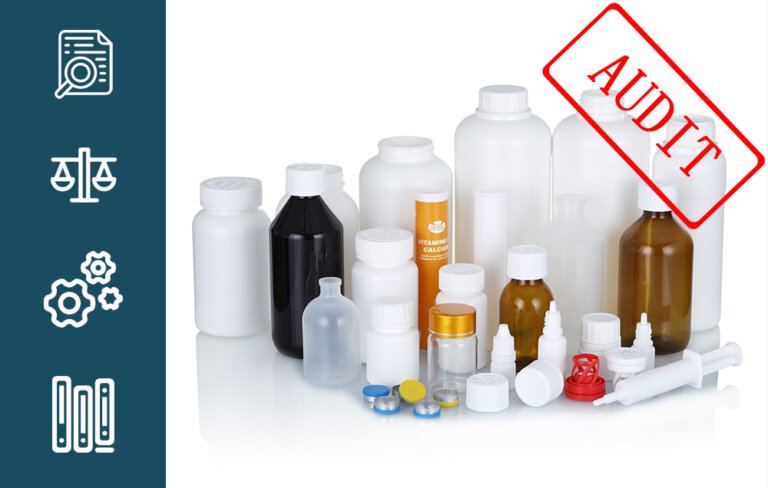Introduction to USP 659
USP <659>, “Packaging and Storage Requirements,” is a chapter in the United States Pharmacopeia that provides guidelines and standards for the packaging and storage of pharmaceutical products, emphasizing the importance of maintaining product integrity throughout distribution. This chapter is crucial for ensuring that pharmaceutical packaging protects the drug product, maintains its quality, and complies with regulatory standards. It outlines general requirements for materials, containers, and storage conditions used in the pharmaceutical industry.
Packaging Definition in USP 659
- Packaging System (also referred to as a Container–closure system): The sum of Packaging components and materials that together contain and protect the article. This includes Primary packaging components as well as Secondary packaging components when such components are required to provide additional protection.
- Container: A receptacle that holds an intermediate compound, API, excipient, or dosage form, and is in direct contact with the article (e.g., ampules, vials, bottles, syringes, and pen injectors).
- Closure: A material that seals an otherwise open space of a Container and provides protection for the contents. It also provides access to the contents of the Container (e.g., screw caps and stoppers).
Packaging Component Definitions in USP 659
Packaging component: Any single part of the Package or Container–closure system, including: the Container; Closures; ferrules and overseals; Closure liners; Container liners (e.g., tube cartridge liners); inner seals; administration ports; overwraps; administration accessories; labels; cardboard boxes; and shrink wrap.
| Primary packaging component | A Packaging component that is in direct contact with or may come into direct contact with the article. |
| Secondary packaging component: | A Packaging component that is in direct contact with a Primary packaging component and may provide additional protection for the article. |
| Tertiary packaging component: | A Packaging component that is in direct contact with a Secondary packaging component and may provide additional protection for the article during transportation and/or storage. |
| Ancillary component: | A component or entity that may come into contact with a Tertiary packaging component during the distribution, storage, and/or transportation of the packaged article (e.g., pallets, skids, and shrink wrap). |
| Associated component: | A Packaging component that is typically intended to deliver the drug article to the patient but is not stored in contact with the article for its entire shelf life (e.g., spoons, Dosing cups, and dosing syringes). |
Materials of construction
The materials (e.g., glass, plastic, elastomers, and metal) of which a Packaging component consists.
Injection Definition in USP 659
- Small-volume injection: also referred to as Small-volume parenteral. An injectable dosage form that is packaged in Containers labeled as containing 100 mL or less.
- Large-volume injection: also referred to as Large-volume parenteral. An injectable dosage form that is packaged in Containers labeled as containing more than 100 mL.
CR, SF and TE Packaging in USP 659
- Child-resistant packaging: A Packaging system designed or constructed to meet CPSC standards pertaining to opening by children (16 CFR §1700.20 et seq. and 16 CFR §1700.15).
- Senior-friendly packaging: A Packaging system designed or constructed to meet CPSC standards pertaining to opening by senior adults (16 CFR §1700.15 and 16 CFR §1700.20).
- Tamper-evident packaging: A Packaging system that may not be accessed without obvious destruction of the seal or some portion of the Packaging system.
Reclosable and Non-reclosable in USP 659
- Reclosable packaging: A package that after it has been initially opened is capable of being reclosed with a similar degree of security and is capable of being used a sufficient number of times to dispense the total contents without loss of security. Reclosable packaging may incorporate child-resistance capabilities.
- Non-reclosable packaging: A package or part of a package that cannot be closed again after all or part of the contents have been removed. Examples of Non-reclosable packaging are blisters, sachets, strips, and other Single-unit containers. Non-reclosable packaging may include cold-formed foil blisters, foil strip packs, and polyvinyl chloride (PVC)/Aclar combining multilayer materials that are thermo-formed or cold-formed foil blisters.
Hermetic and Tight Container in USP 659
- Hermetic container: A Container–closure system that is impervious to air or any other gas under the ordinary or customary conditions of handling, shipment, storage, and distribution.
- Tight container: A Container–closure system that protects the contents from contamination by extraneous liquids, solids, or vapors; from loss of the article; and from efflorescence, deliquescence, or evaporation under the ordinary or customary conditions of handling, shipment, storage, and distribution, and is capable of tight reclosure.
- Well-closed container: A Container–closure system that protects the contents from contamination by extraneous solids and from loss of the article under the ordinary or customary conditions of handling, shipment, storage, and distribution.
- Equivalent container–closure system: A Container–closure system that is as protective as or more protective than the original manufacturer’s Packaging system in terms of moisture vapor transmission rate, oxygen transmission, light transmission, and compatibility.
Restricted delivery system
A Packaging system designed or constructed to restrict (control) the amount of the drug product that may be delivered in order to limit unintended access by children and other similarly vulnerable populations. Restricted delivery systems should meet and may exceed CPSC standards for special packaging. For oral medicinal liquids, surface and flow characteristics vary. It is the responsibility of the manufacturer to ensure that all components of the Restricted delivery system provide the intended safety protection. One component of the Restricted delivery system is the flow restrictor, which is a Packaging component that restricts the flow of liquid. The flow restrictor may be used as part of a Restricted delivery system or as an adapter to facilitate use of a measuring device for oral medicinal liquids. A flow restrictor should not compromise CPSC standards for special packaging
Injection Packaging Systems
- Multiple-dose container: A Container–closure system that holds a sterile medication for parenteral administration (injection or infusion) that has met antimicrobial effectiveness testing requirements, or is excluded from such testing requirements by FDA regulation. A Multiple-dose container is intended to contain more than one dose of a drug product. When space permits, a Multiple-dose container is labeled as such. Multiple-dose containers are generally expected to contain 30 mL or less of medications. The beyond-use date for an opened or entered (e.g., needle-punctured) Multiple-dose container is 28 days unless otherwise specified by the manufacturer on the label. An example of a Multiple-dose container is a vial.
- Single-dose container: A Container–closure system that holds a sterile medication for parenteral administration (injection or infusion) that is not required to meet the antimicrobial effectiveness testing requirements. A Single-dose container is designed for use with a single patient as a single injection/infusion. When space permits, a Single-dose container is labeled as such and should include on the label appropriate discard statements. Examples of Single-dose containers are vials, ampules, and prefilled syringes.
Oral Dosing Packaging in USP 659
- Dosing cup: A measuring device consisting of a small cup that may be packaged with oral liquid articles.
- Dosing spoon: A measuring device consisting of a bowl and handle that may be packaged with oral liquid articles. The handle may be a graduated tube.
- Medicine dropper: A measuring device consisting of a transparent or translucent barrel or tube that is generally fitted with a collapsible bulb. It may be packaged with liquid articles.
- Oral syringe: A measuring device consisting of a plunger and barrel made of transparent or translucent plastic material and a seal on the end. It may be packaged with oral liquid articles. The syringe should deliver a measured amount of a liquid drug product.
Temperature And Storage Definitions
- Freezer: controlled between −25° and −10° (−13° and 14° F).
- Refrigerator: the temperature is controlled between 2° and 8° (36° and 46° F).
- Cold: not exceeding 8° (46° F).
- Cool: between 8° and 15° (46° and 59° F).
- Room temperature: The temperature prevailing in a working environment.
- Controlled cold temperature: The temperature maintained thermostatically between 2° and 8° (36° and 46° F), which allows for temperature excursions between 2° and 15° (36° and 59° F) that may be experienced during storage, shipping, and distribution, but not to exceed 24 h, such that the allowable calculated mean kinetic temperature (MKT) is NMT 8° (46° F) with no excursions below 2° (36° F) or above 15° (59° F).
- Controlled room temperature: The temperature maintained thermostatically that encompasses the usual and customary working environment of 20°–25° (68°–77° F).
- Warm: Between 30° and 40° (86° and 104° F).
- Excessive heat: Above 40° (104° F).
- Dry place: A place that does not exceed 40% average relative humidity at 20° (68° F) or the equivalent water vapor pressure at other temperatures.
- Do not refrigerate: The Container label will bear an appropriate instruction to protect the article from refrigeration in cases where refrigeration exposes the article to loss of strength or potency or destructive alteration of its characteristics (e.g., precipitation, cloudiness). These risks are increased when a drug product with the storage temperature of 20°–25° (68°–77° F) is formulated at near-maximum solubility.
- Protect from freezing: The Container label will bear an appropriate instruction to protect the article from freezing in cases where freezing exposes an article to loss of strength or potency or to destructive alteration of its characteristics. These risks are present in addition to the risk that the Container may break if exposed to freezing temperatures.
- Protect from light: Where light subjects an article to loss of strength or potency or to destructive alteration of its characteristics, the Container label bears an appropriate instruction to protect the article from light. The article must be packaged in a light-resistant Container.
sourcing by
https://www.uspnf.com/sites/default/files/usp_pdf/EN/USPNF/revisions/659_rb_notice.pdf

